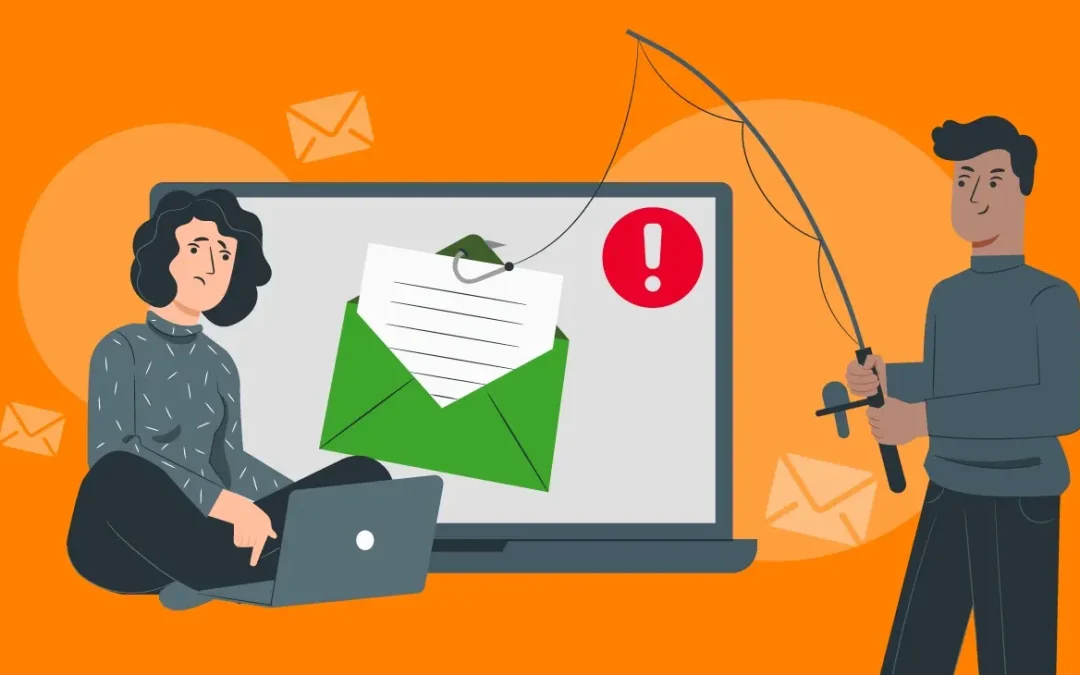Cybercriminals don’t rest. Every week, more and more companies fall into the trap to email victims. What starts as a simple email ends in financial loss, data leaks, or reputational damage. The number keeps growing — silently, and often undetected.
Why Are There So Many Email Victims?
Because email remains the most widely used communication channel… and the most vulnerable.
Attackers know they only need to send a message that looks legitimate to launch a successful attack. Sometimes all it takes is a seemingly harmless attachment, a small typo in a domain, or a fake urgent request from the CEO.
That’s how companies become email victims: through a click, a routine task, or an oversight.
Who Do Hackers Target?
They aim where it hurts most:
- Finance teams, to intercept payments or impersonate vendors
- HR departments, to steal employee data
- Executives, to authorize sensitive transactions under false pretenses
Once inside, the organization becomes just another name in the growing list of email victims.
Common Scenarios Behind Email Victims
- Business Email Compromise (BEC): the attacker impersonates a CEO or manager to request an urgent transfer.
- Fake invoice fraud: they tweak legitimate billing documents to redirect funds.
- Domain spoofing: they impersonate your company to attack your clients.
- Malware in attachments: disguised as job applications or quotes.
Each of these real cases has turned businesses into email victims, often without warning.
Could You Be One of the Many Email Victims Without Knowing It?
Absolutely. Many organizations don’t realize they’ve been breached until weeks later.
Attackers don’t always act immediately — they often watch, wait, and strike when you least expect it.
That’s why prevention is your only real defense.
How to Avoid Becoming Another Email Victim
Acting now is key. Some proven steps:
- Implement advanced email filtering and threat detection
- Use multi-factor authentication and digital signatures
- Establish internal payment verification protocols
- Run phishing simulations regularly
- Provide security awareness training to all departments
These steps have helped countless businesses avoid becoming email victims — just by being proactive.
Don’t Be Just Another Statistic
Email attacks won’t stop.
The only question is: Will you be prepared or will you react too late?
Take Action Now
Visit us at our website, and subscribe to our YouTube channel for videos, real cases, and simple tips to protect your business from becoming one more email victim.

